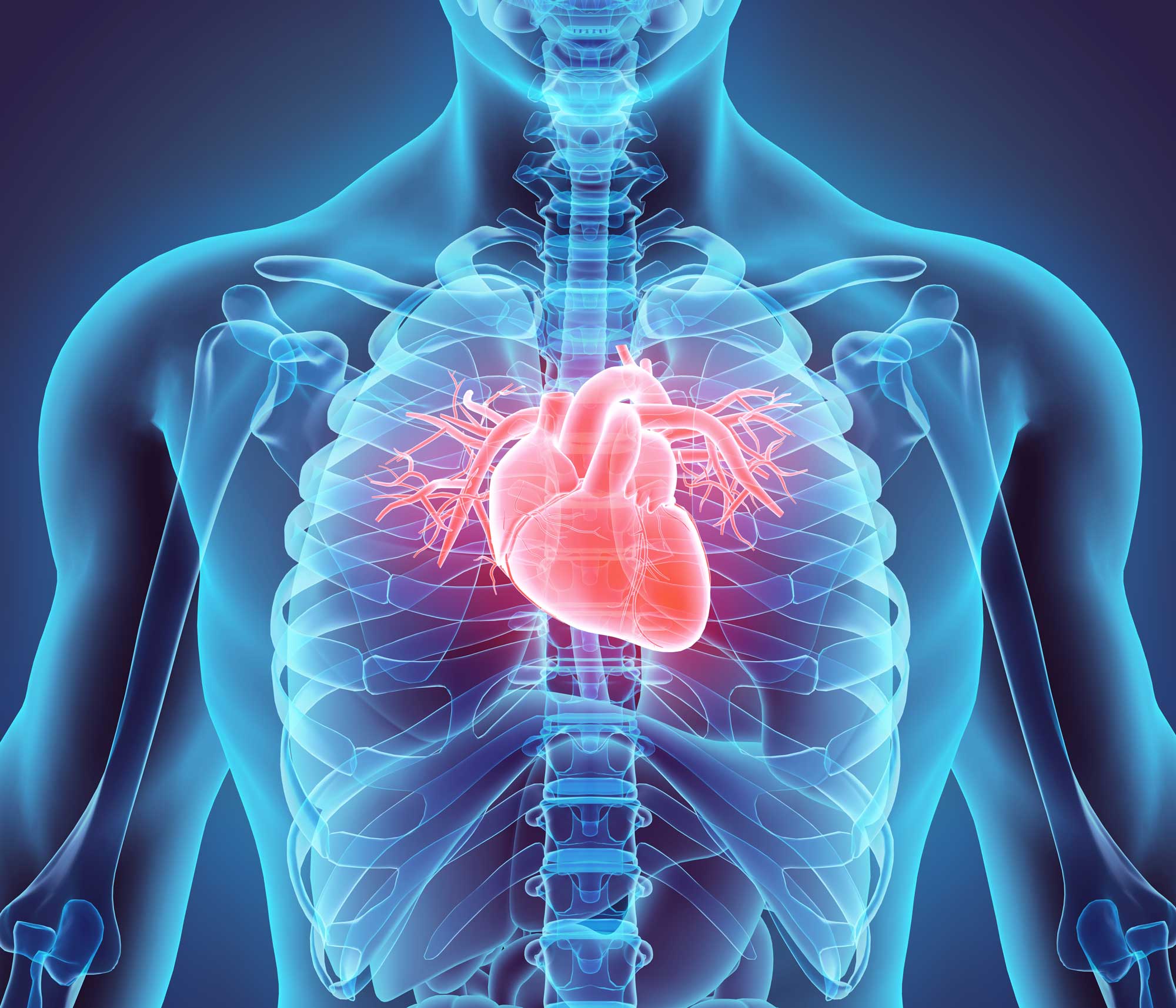
Coronary angiogram test
Key takeaways
3 min read
- A coronary angiogram is a test that takes pictures of the heart’s arteries and the vessels that supply blood to the heart.
- It uses X-rays and a special dye to find any blockages or narrowing of these vessels.
- A coronary angiogram is used if you are suspected to have coronary heart disease, to investigate angina symptoms or if you are having or have had a heart attack.
What is a coronary angiogram test?
A coronary angiogram is a test that takes pictures of the heart’s arteries and the vessels that supply blood to the heart. The test produces real-time, moving images which show your blood moving and heart pumping. This can show if, where and how much your heart’s arteries are narrowed or blocked. It also shows how well your heart muscle is pumping and whether the valves in your heart are working as they should.
The test is sometimes called ‘cardiac catheterisation’.
Why is the coronary angiogram test done?
A coronary angiogram test is done to check for any changes in blood flow in and around your heart. The test will often be recommended if you are suspected to have coronary heart disease. It may also be done to investigate angina symptoms, or during or after a heart attack.
It can also be used to diagnose other conditions such as ballooning of blood vessels (aneurysms), irregular heart beats (arrhythmias) or congenital heart conditions.
Because it shows problems you may have inside your heart and arteries, it can help your healthcare team decide the best treatment for you.
How is the coronary angiogram test done?
The coronary angiogram test is done in a hospital or specialised clinic with a Cardiac Catheter Laboratory, or ‘Cath Lab’. The steps involved in the test are:
- Arriving and in-hospital preparation – you will change into a hospital gown and asked to lie down. During the test, you will stay awake and lying down. Medical staff will attach some leads to the skin on your chest and to your finger to monitor your heart and oxygen levels.
- Local anaesthetic – you will be given a local anaesthetic to numb your skin, so you won’t feel any pain.
- Inserting the catheter – a small hollow plastic tube called a sheath is put into an artery in your groin or wrist. A long flexible tube called a catheter will be carefully guided into the sheath and then through a blood vessel to a position close to your heart. You will not feel this.
- Injecting the dye – a special dye is injected into the small heart arteries though the catheter. The dye highlights the blood flow through the arteries, so it is visible on the X-ray. The dye may make you feel hot and flushed for a few seconds, but this should go away quickly.
- Taking the images – as the dye is injected, X-ray pictures are taken as the dye moves through your vessels. It usually takes between 30 minutes to an hour for the test to be done.
- Completing the test – when the staff have all the images they need, the catheter will be removed, and you will be taken to a recovery area.
The test is usually a day procedure, which means you can go home once you have recovered.
Depending on what the test shows, sometimes your healthcare professional may decide to perform a coronary angioplasty while you are already in the Cath Lab and the tubes are in place. This involves inserting a stent to help open a blocked or narrowed artery. They may also recommend you stay for another procedure or different test.
The medical staff will discuss these options with you before you have the test, and you can make a decision whether to proceed together.
Preparing for the coronary angiogram test
The hospital or clinic will provide you with information on how to prepare for your test. This can include:
- not eating or drinking for six to eight hours before your test
- changing or stopping some medicines in the days prior to your test
- having a blood test
- organising for someone to collect you after your test.
Please note, it is important not to stop or change your medicine without talking to your GP or healthcare professional first. If you have questions, it is best to check with the centre where you are having your test for specific information about what to do.
References
- Department of Health, Victoria. Coronary angiogram. nd. Accessed 8 January 2025. www.betterhealth.vic.gov.au/health/conditionsandtreatments/coronary-angiogram
- St Vincent’s Hospital. Coronary angiogram – “angio”. nd. Accessed 8 January 2025. www.svhhearthealth.com.au/procedures/procedures-treatments/coronary-angiogram
You might also be interested in...

Keep your heart healthy
Keeping your heart healthy is something you can work on every day.

Heart attack warning signs
Free heart attack warning signs education, action plans and videos to help you understand your heart and the warning signs to look out for.

Blood tests for heart disease
A blood test takes a small sample of your blood which is then sent for testing in a laboratory.
Last updated29 April 2025
Last reviewed29 April 2025